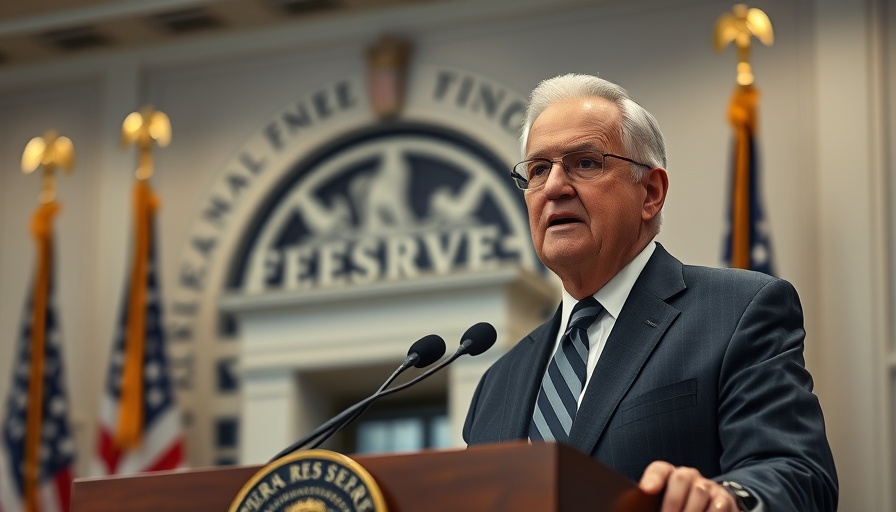
Waving the Green Flag for Big Banks: An Overview
The Federal Reserve recently announced that all 22 major banks have successfully passed its annual stress tests, paving the way for substantial dividends and stock buybacks. However, what’s critical to note is that this year’s stress test was less rigorous than previous iterations, reflecting adjustments made due to the prevailing economic conditions. Unlike last year, banks were subjected to a less severe hypothetical scenario regarding economic downturns, including milder projections for job losses and commercial real estate impacts.
The Shift from Stringent Tests: Understanding the Implications
According to Michelle Bowman, Vice Chair for Supervision at the Fed, these banks are still well-capitalized despite recalibrated stress testing. Yet, one must question whether the diminished intensity of these tests accurately reflects the risks that financial institutions face today. The decision to lighten the load was driven by the Fed's recognition of the global economic slowdown. However, concerns regarding the lack of stress scenarios that include private credit—a booming $2 trillion asset market—raise eyebrows among observers who fear this could expose vulnerabilities in our financial system.
Unmasking Potential Risks: A Deeper Dive into Private Credit
The omission of private credit evaluations from the stress tests is particularly noteworthy. Federal Reserve analyses suggest that banks are “well-positioned” to withstand losses in this sector, but critics argue that such claims may be overly optimistic. The rapid growth of the private credit market could potentially become a systemic risk if economic conditions turn sharply adverse, leaving banks ill-prepared for unforeseen challenges.
The Big Picture: Benefits Versus Risks in Capitalizing on Stability
While the passing grades may seem beneficial for investors, the easing of stress tests poses questions regarding future financial resilience. The traditional safety net created post-2008 was aimed at preventing failures in “too big to fail” institutions. With the Fed’s relaxed testing, stakeholders should remain vigilant about how future scenarios evolve in light of these changes. Particularly, understanding the balance between incentivizing growth through buybacks and ensuring systemic safety will be crucial in the coming years.
For business professionals monitoring the financial landscape, these developments are not just statistics; they represent potential shifts in investment strategies, and operational adjustments may indeed be required in response to evolving economic forecasts and regulatory adjustments. How will your organization adapt to these findings?
 Add Row
Add Row  Add
Add 



Write A Comment